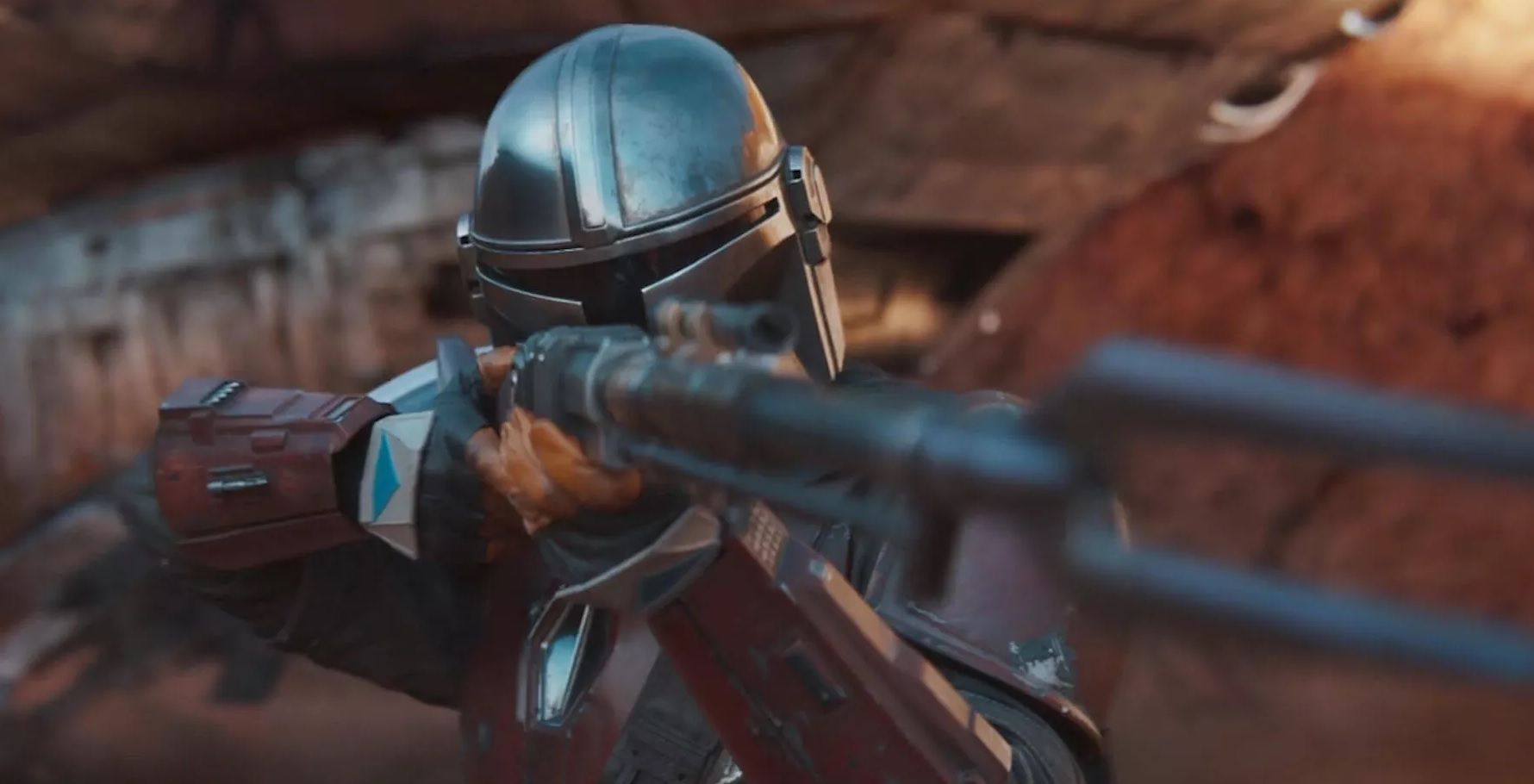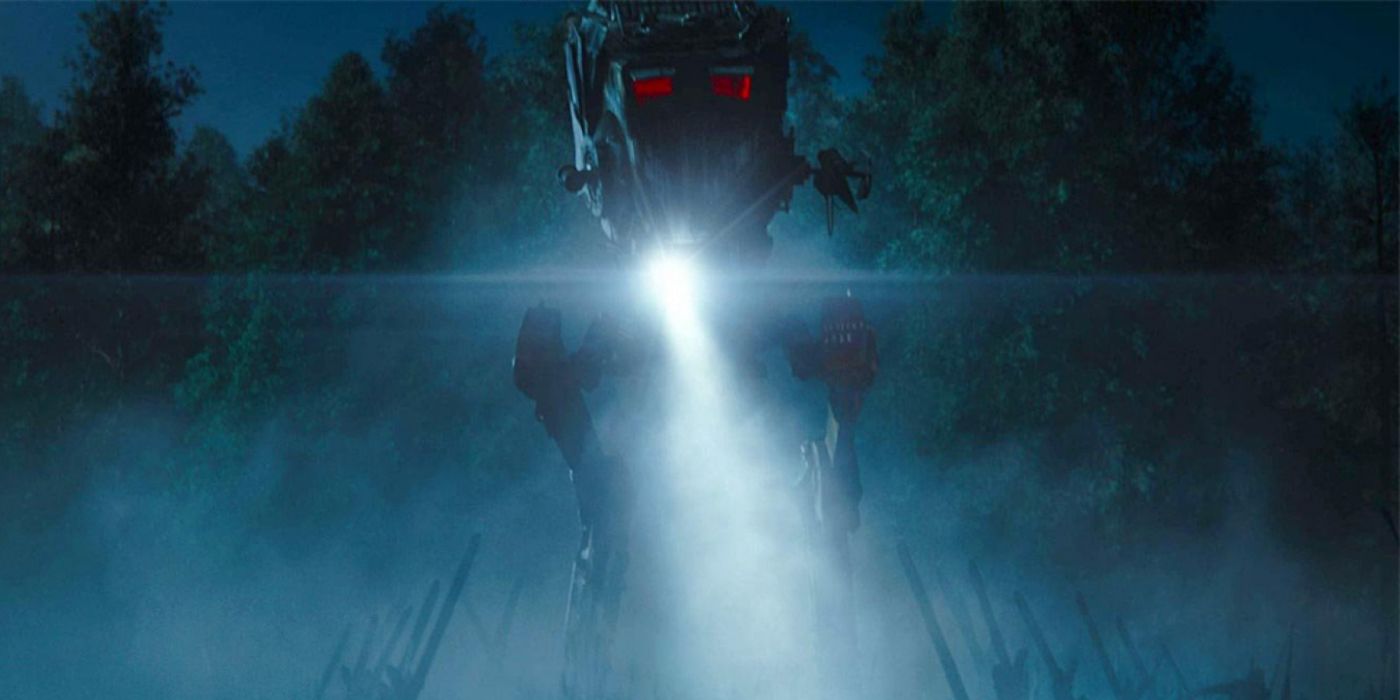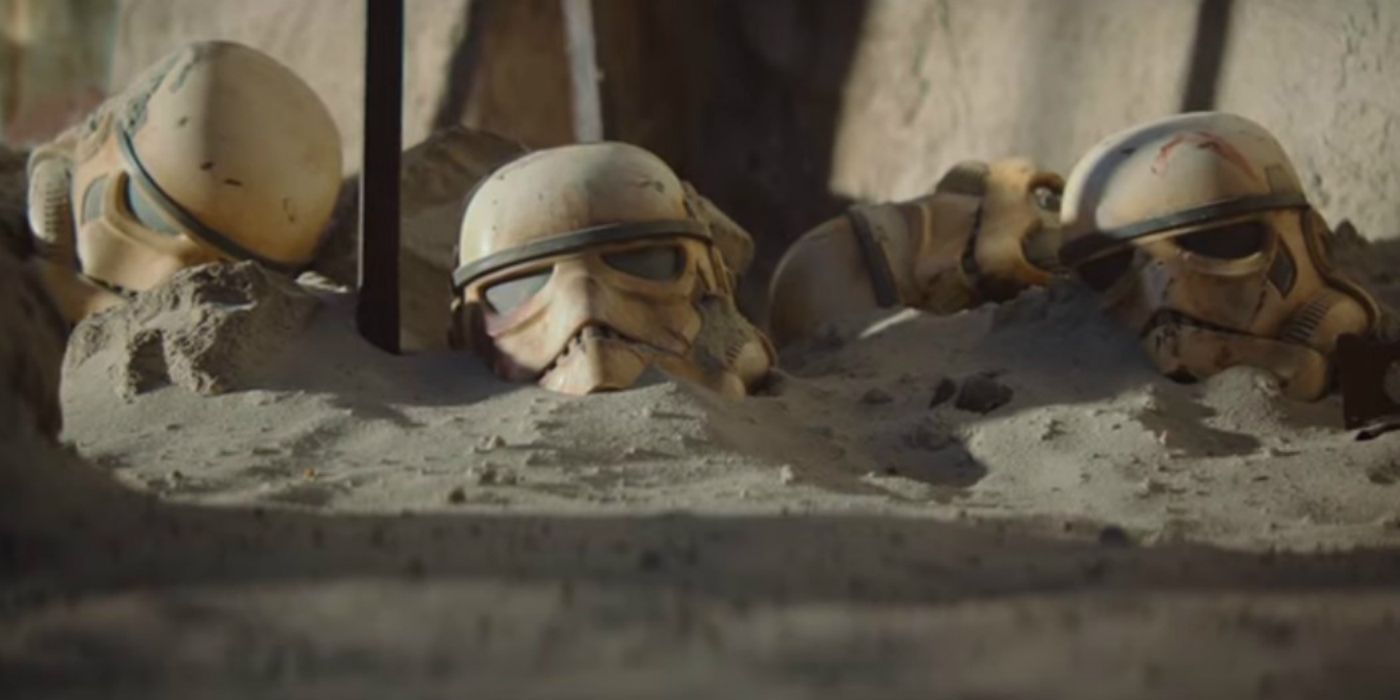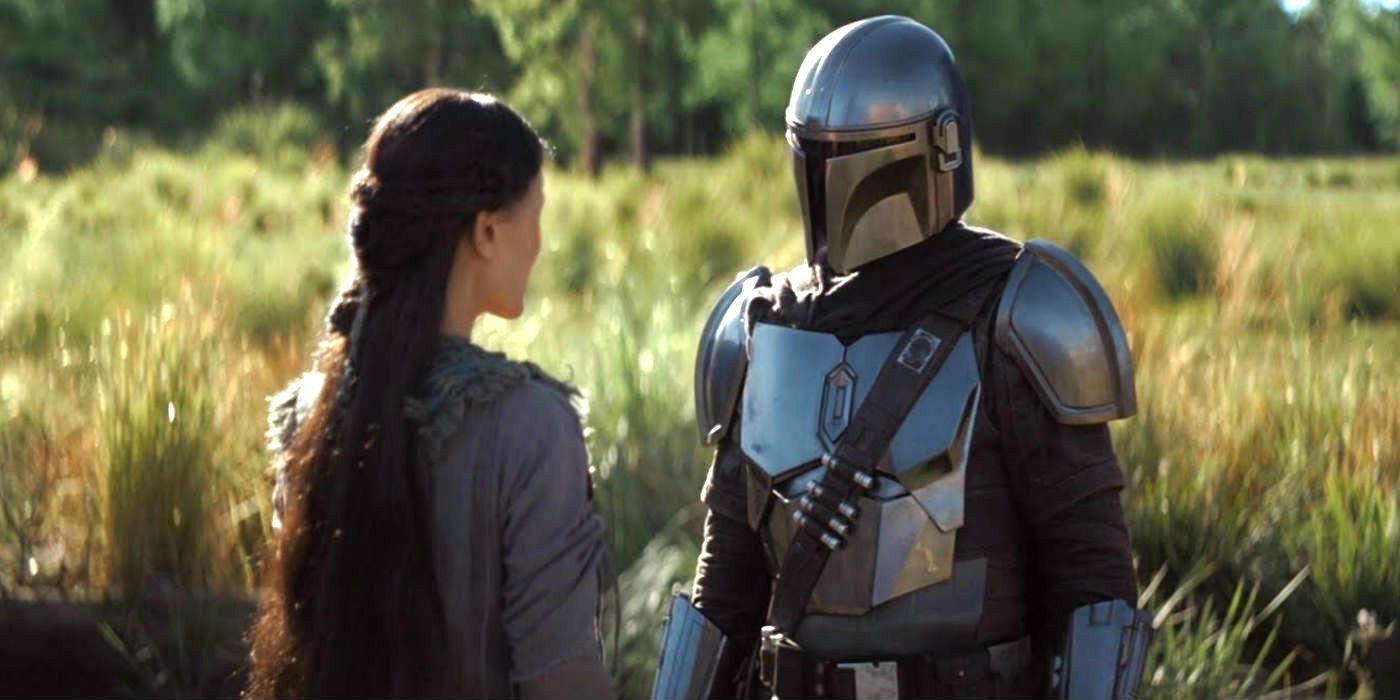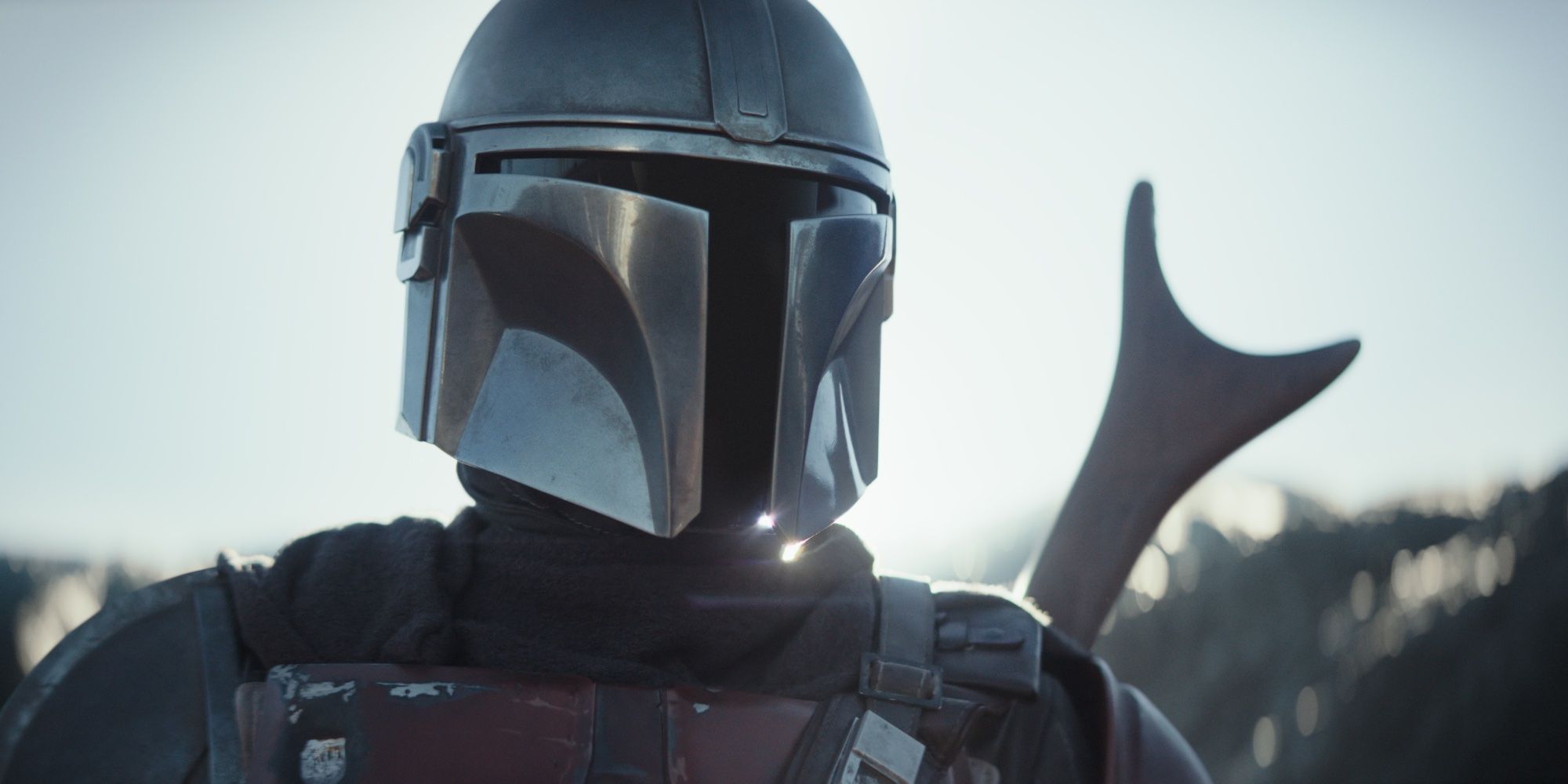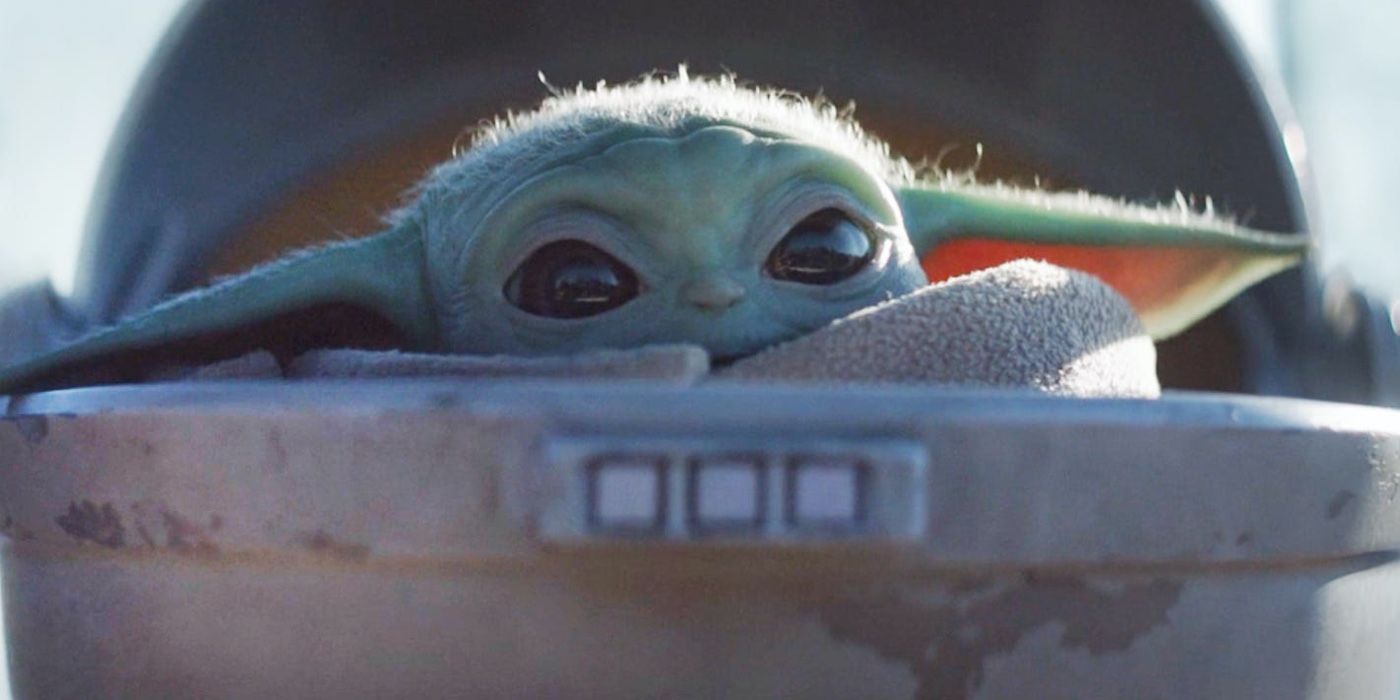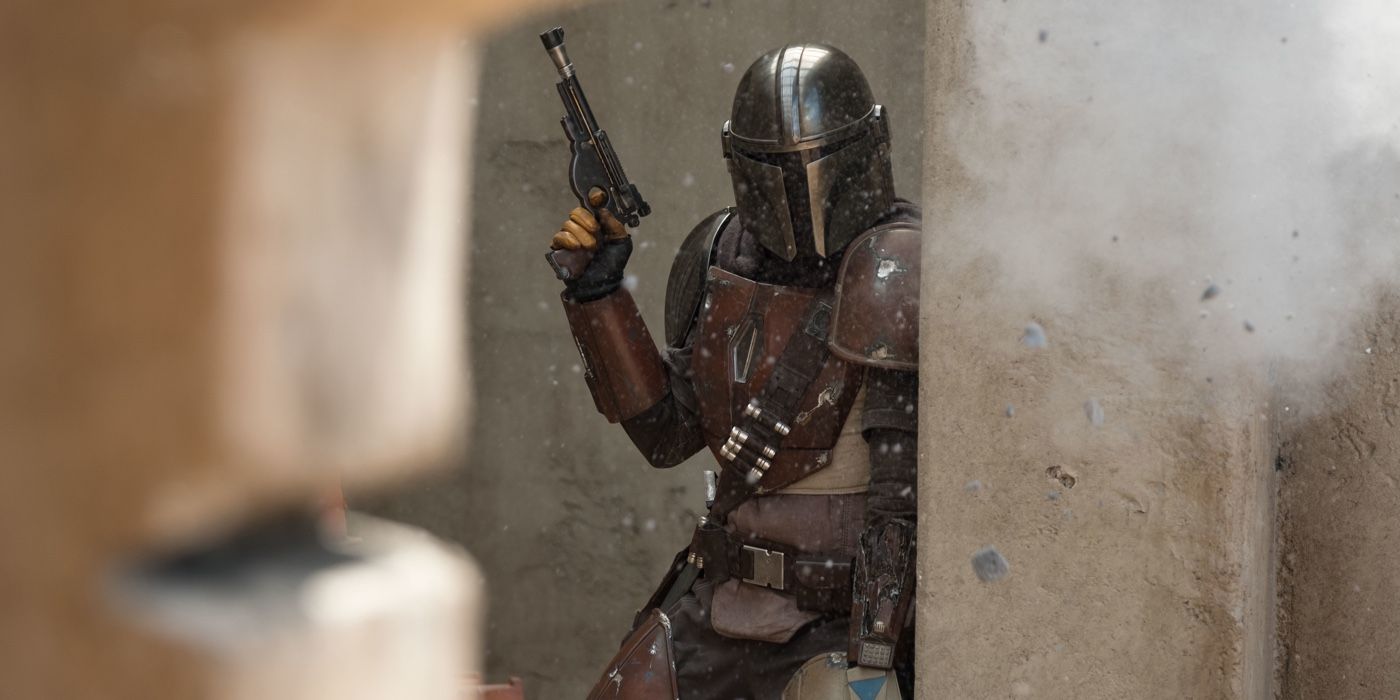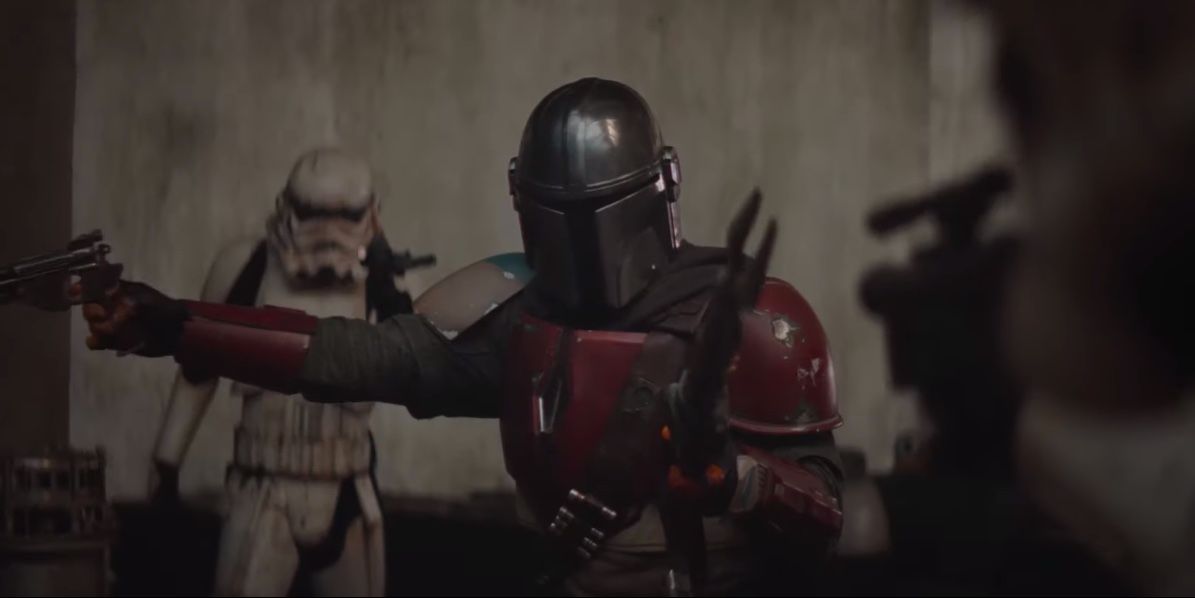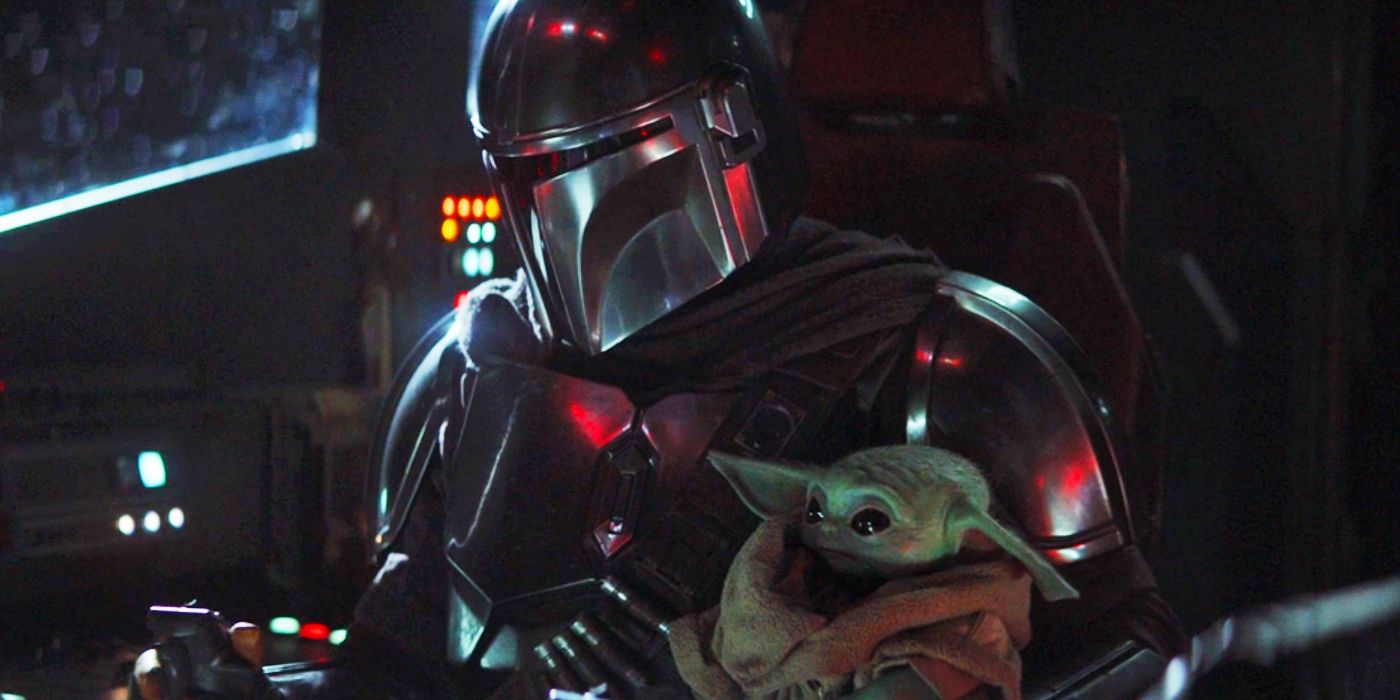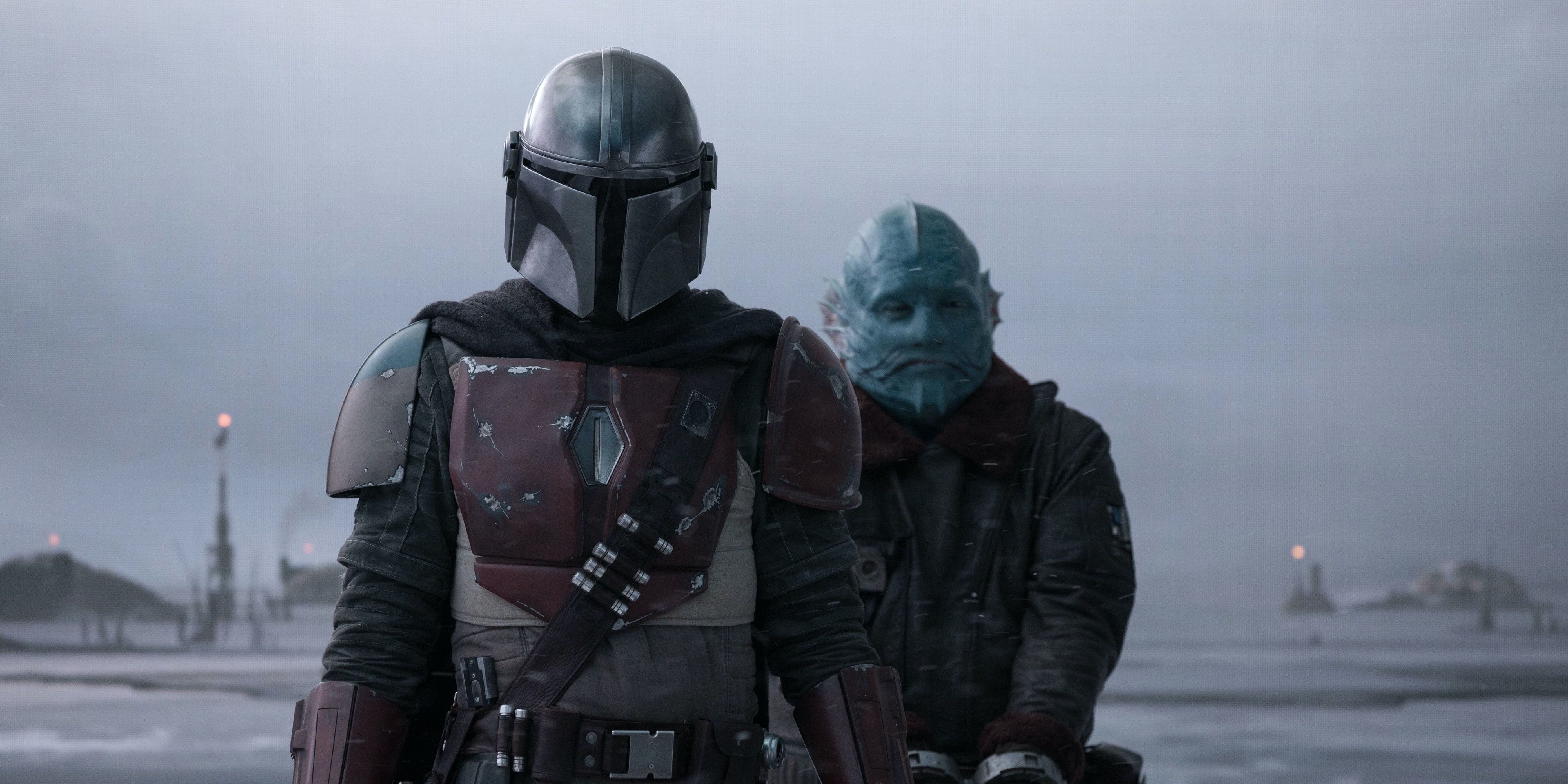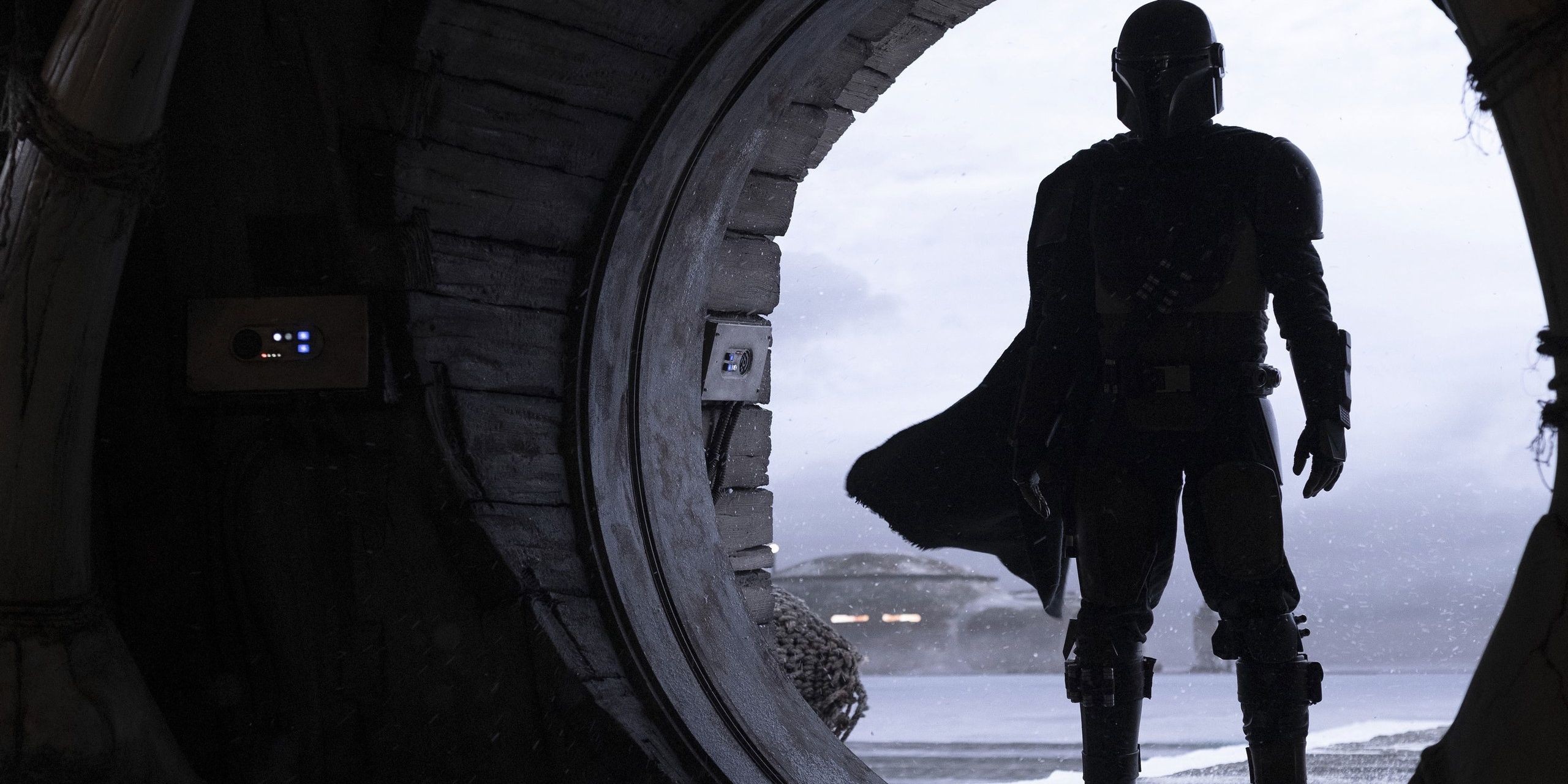In a bid to get skeptics to subscribe to its new streaming service, Disney has produced a bunch of original content for its most popular franchises, and now, it’s holding them to ransom on Disney+. Among these projects is The Mandalorian, the latest entry in Disney’s relentless stream of Star Wars media, and it’s arrived as something of a miracle.
After the sequel trilogy was rushed and a lot of Disney’s films have fundamentally misunderstood Star Wars, The Mandalorian has already received universal acclaim from fans and critics alike. So, here are 10 Reasons Why The Mandalorian Is Disney’s Best Star Wars Project Yet.
It has the perfect balance of fresh and familiar
After The Force Awakens rehashed the plot of A New Hope and relied on nostalgia, and The Last Jedi made so many bold, original decisions that it turned Star Wars into a shadow of its former self, Star Wars fans have been struggling to define the line between familiarity and freshness that Star Wars media needs to work.
We want to recognize the universe, but we also want new stories. Rogue One nailed this combination of the familiar (original trilogy iconography, Darth Vader, Leia, Tarkin, the Death Star etc.) and the fresh (entirely new characters, WWII influences swapped out for Vietnam War reference points, an uncharacteristically dark ending, etc.), and The Mandalorian has done it, too.
The Mandalorian fits neatly into the wider Star Wars timeline
Set a few years after the events of Return of the Jedi, The Mandalorian has a very specific place in the Star Wars timeline. We’re following a bounty hunter in a world where a galaxy-wide civil war just ended. There are displaced Stormtroopers and remnants of war all over the series’ desolate landscapes.
Whereas the idea of new masked villain rising up with a planet-destroying superweapon 30 years after the reign of Darth Vader just seemed lazy and inconsistent, The Mandalorian has a real place on the Star Wars timeline, and it uses that place in fictional history to find story potential.
Fans aren’t arguing about it
The premiere of The Mandalorian brought with it the most unusual thing to happen to the Star Wars fan base since more than 100,000 people signed a petition to have The Last Jedi remade. No Star Wars fans are arguing about The Mandalorian. Message boards are filled with unanimous praise for the show.
The only arguments are about what makes the show so great. The Mandalorian shines as Disney’s finest piece of Star Wars media, simply because it’s the first one that hasn’t divided the fan base. No one is angry about The Mandalorian – everyone’s just going along for the ride.
The producers used a ton of practical effects
The beautiful, iconic look of the Star Wars original trilogy got a glossier and less visually interesting makeover in the prequels because George Lucas used the CGI technologies he was pioneering wherever possible. Mixing the tricky old practical methods with the new computer-generated ones didn’t even cross his mind, because he was on the cutting edge of the future of filmmaking.
All of the Star Wars movies released by Disney have used practical effects to some degree, but The Mandalorian went back to the same techniques that Lucas used to create the look of the original trilogy, even utilizing prosthetics and miniatures. Series creator Jon Favreau has noted that the production also uses animatronics and puppets for some characters.
Disney’s big surprises actually worked
While some of Disney’s biggest Star Wars surprises have felt disingenuous to the characters (e.g. Luke Skywalker refusing to help good forces fight evil forces), or disappointing (e.g. Rey’s parents are nobodies), all of the big surprises in The Mandalorian have worked, and been well-received by audiences. The most obvious one is the reveal of “the Child.”
Disney was so unprepared for the glowing reception to the Child – or “Baby Yoda,” as he’s been termed by the fan base – that there was no Baby Yoda merchandise on the way in time for the holiday season (there is, now). Meanwhile, there are warehouses full of merchandise for BB-8 and the Porgs that Disney can’t seem to give away.
The Mandalorian nails the “space western” genre
George Lucas was always influenced by western movies when he was writing the Star Wars saga. There were also elements of samurai movies (the Jedi and the Sith are samurai-inspired), science fantasy serials, and Joseph Campbell’s studies in comparative mythology. But the western was a large part of it.
This can be seen in desert settings like Tatooine, and in Han Solo’s reputation as a gunslinging outlaw. Solo: A Star Wars Story was a terrific opportunity to make a spaghetti western set in the Star Wars universe, but that opportunity was squandered in a tonal mess shot torn between two different visions. The Mandalorian, on the other hand, nails the so-called “space western.”
It perfectly recreates the scene transitions without feeling too over-the-top
One of the hardest things to nail in any Star Wars movie or TV show is the scene transitions. The transitions used by George Lucas in the original and prequel trilogies were inspired by the transitions used in the old space fantasy serials that influenced the saga from the beginning. But it’s hard to replicate those transitions.
They’re mostly wipe transitions, so it’s easy to make them look tacky, like Windows Movie Maker was involved in the post-production process. The Mandalorian has nailed the scene transitions. It feels like one of the Lucas movies in its look and feel, and partly down to this editorial flourish.
The lead character is nuanced and interesting
Mainly thanks to Pedro Pascal’s electric lead performance, but partly thanks to great writing and direction, the titular bounty hunter in The Mandalorian is already a much more endearing and complex and subtle character than any of the poorly developed caricatures that Disney has brought to the table so far.
Most Star Wars fans don’t really care how the stories of Rey and Kylo Ren are going to shake out in The Rise of Skywalker, but the Mandalorian and the Child have been embraced. They’re already as beloved as icons like Obi-Wan Kenobi and Han Solo. Despite being stuck under a helmet for the show’s entire duration, Pascal has brought real nuances and humanity to “Mando.”
It makes use of the Star Wars universe’s limitless story possibilities
The Star Wars universe has infinite storytelling possibilities. The sky’s the limit. And yet, Disney has remained obsessed with the original trilogy. They gave us the Resistance and the First Order, half-baked rip-offs of the Rebel Alliance and the Empire, and yet another Death Star plot.
They made two whole movies to fill in plot holes – one, to explain why the Death Star had a big hole in the top that you can use to blow it up, and another, to explain why the Kessel Run is measured in parsecs. The Mandalorian is the first Disney Star Wars project to properly utilize this vast fictional universe’s limitless story possibilities.
The Mandalorian fits George Lucas’ original vision for Star Wars
When George Lucas created Star Wars, he was inspired by science fantasy serials of the ‘30s and ‘40s. These were shows that he grew up on, like Flash Gordon, and they would dole out their storylines in multiple parts, utilizing world-building and cliffhanger endings to ensure that audiences would keep coming back.
The Mandalorian embodies this vision of Star Wars in every possible way, from the serialized format (the episodes are even an unconventional half-hour long each) to the huge cast of equally bizarre characters to the “used future” aesthetic. The Mandalorian is the closest any of the Disney creators (in this case, Jon Favreau) have come to replicating Lucas’ vision.

